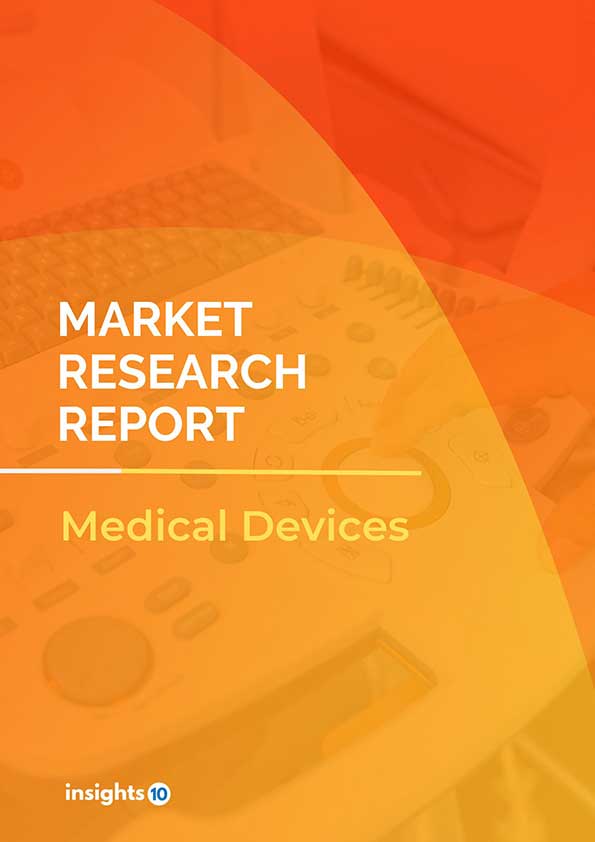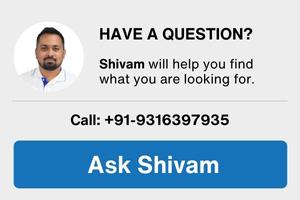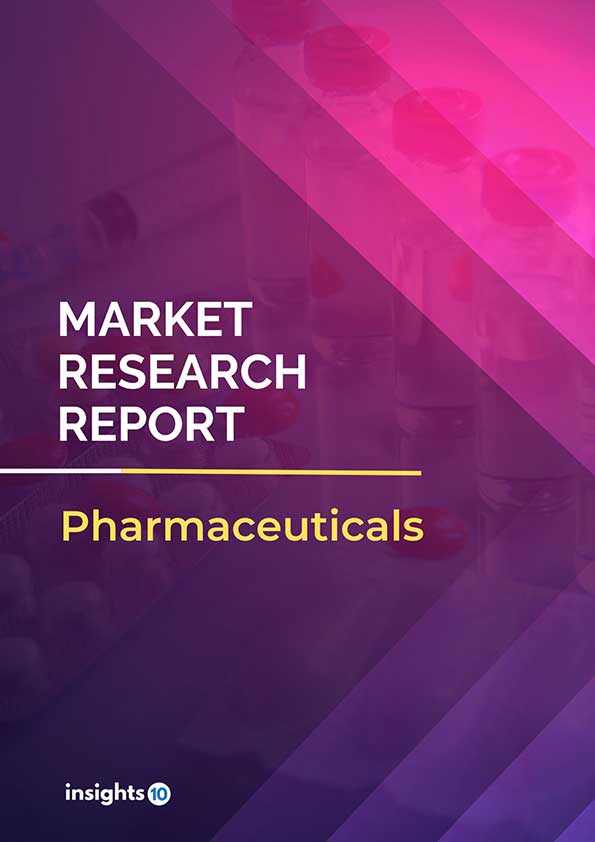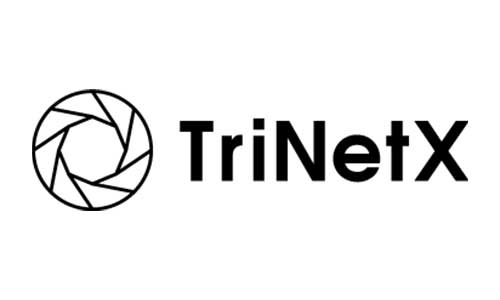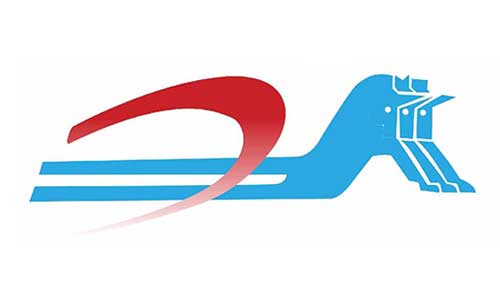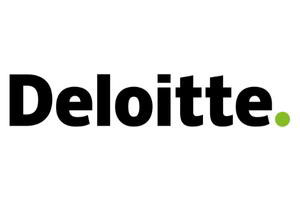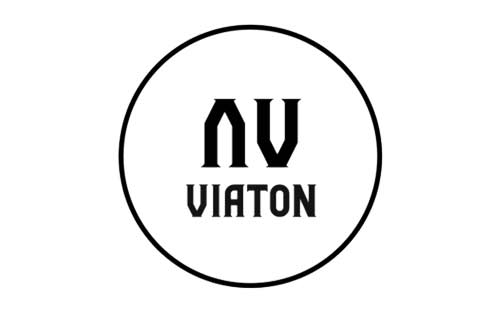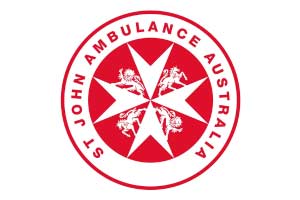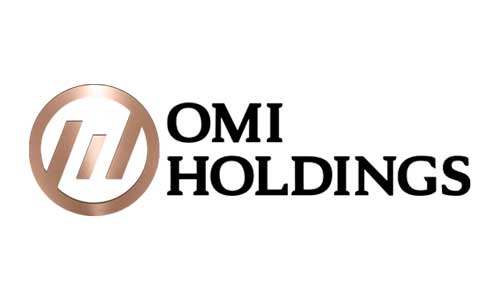Malaysia Cardiac Surgery Instruments Market Analysis
The Malaysia Cardiac Surgery Instruments Market is expected to witness growth from $3 Mn in 2022 to $6 Mn in 2030 with a CAGR of 6.80% for the forecasted year 2022-2030. Malaysia is a common place for medical tourism because it has so many top-notch medical facilities and professionals, this is predicted to raise demand for cutting-edge medical equipment and technology, such as that used in cardiac surgery. The market is segmented by type, application and by end user. Some key players in this market include GA2 Medical, Transmedia Healthcare, LivaNova, B. Braun, Medline Industries, KLS Martin, and STILLE.
Buy Now

Malaysia Cardiac Surgery Instruments Healthcare Market Executive Analysis
The Malaysia Cardiac Surgery Instruments Market size is at around $3 Mn in 2022 and is projected to reach $6 Mn in 2030, exhibiting a CAGR of 6.80% during the forecast period. Malaysia expects to spend $16 billion on healthcare in 2023, an increase of 7.1% from 2019. They predict that healthcare expenses will rise 7.6% over the following five years, hitting $22.6 billion by 2027. Malaysia, one of the world's longest countries, is projected to have 14% of its population 65 years or older by 2045.
In Malaysia, mortality and morbidity are primarily caused by cardiovascular disorders (CVD). In 2019, there were 15.2% of people 18 and older had CVD, and 30.3% of adults had hypertension, a significant risk factor for CVD. Ischemic heart disease, heart failure, and hypertensive heart disease are the most common types of CVD in Malaysia when it comes to particular cardiac diseases. Ischemic heart disease is the leading cause of death in the country, contributing to 13.5% of all deaths in 2021. Arrhythmias, valvular heart disease, and congenital heart disease are additional common cardiac disorders in Malaysia.
In Malaysia, utilizing cardiac surgery equipment, various cardiac conditions are controlled and addressed. These tools are used in a range of operations, such as minimally invasive cardiac surgery, valve repair or replacement, and coronary artery bypass grafting. Assisting doctors in performing complex cardiac operations with greater accuracy and precision may improve patient outcomes, which is why instruments for cardiac surgery are developed. Fewer incisions and fewer traumatic procedures are made possible by the use of many minimally invasive instruments in cardiac surgery. This may result in less pain and quicker recovery periods for patients.

Market Dynamics
Market Growth Drivers
Malaysia is a common place for medical tourism because it has so many top-notch medical facilities and professionals, this is predicted to raise demand for cutting-edge medical equipment and technology, such as that used in cardiac surgery. Malaysia spends more money on healthcare as a result of growing healthcare costs and rising government funding. It is anticipated that this will lead to a rise in demand for cardiac surgery instruments and other medical equipment used in the management and treatment of CVD. Due to technological advancements like the growth of minimally invasive cardiac surgery techniques and the use of robotic-assisted surgery, the market for cardiac surgery instruments in Malaysia is growing. Reduced surgical damage, quicker recoveries, and better patient outcomes are just a few advantages of these technologies. Increased funding levels and the promotion of medical tourism are just two of the efforts the Malaysian government has put in place to enhance the nation's healthcare system. As a consequence of these initiatives, it is anticipated that demand for cardiac surgery devices and other medical devices will rise.
Market Restraints
In Malaysia, A great deal of training and expertise are required for cardiac surgery because it is such a highly specialized field. The dearth of skilled medical professionals, including cardiac surgeons and operating room staff, maybe a barrier to the adoption of cutting-edge cardiac surgery tools and techniques. It's possible that some Malaysian patients won't be able to afford expensive cardiac surgery instruments. This might prevent further market expansion, particularly in nations where customers pay the majority of healthcare expenses.
Competitive Landscape
Key Players
- GA2 Medical (MY)
- Transmedic Healthcare (MY)
- LivaNova
- B. Braun
- KLS Martin
- Medline Industries
- STILLE
Recent Notable Deals
2021: An agreement was made between the Malaysian Ministry of Health and the Swedish firm Getinge Group to provide cardiac surgery products and solutions to Malaysia's hospitals. The contract was worth roughly $17.5 Mn.
Healthcare Policies and Regulatory Landscape
The Medical Device Authority (MDA), which is in control of regulating medical devices like instruments used in cardiac surgery, and the Ministry of Health (MOH) are in charge of Malaysia's healthcare protocols and policies. In Malaysia, instruments used in cardiac surgery are covered by the Medical Device Act 2012, which created the directing outline. According to the act, medical devices must register with the MDA and follow a number of performance and safety requirements. The guiding principle for the sale of medical devices in Malaysia, including the distribution of instruments for cardiac surgery, are outlined in the Malaysian Good Distribution Practice for Medical Devices guidance paper. The rules encompass things like handling, transporting, and storing medical devices. The National Cardiovascular Disease (NCVD) Database is a nationwide registry for Malaysians with cardiovascular disease. The database is used to track treatment results, keep tabs on disease prevalence, and pinpoint areas where the management of cardiovascular disease can be of better quality, including the application of tools from cardiac surgery. The registration, licensure, and oversight of medical devices in Malaysia are all under the control of the Medical Device Authority (MDA). The MDA is also in charge of ensuring adherence to pertinent laws and standards.
1. Executive Summary
1.1 Device Overview
1.2 Global Scenario
1.3 Country Overview
1.4 Healthcare Scenario in Country
1.5 Regulatory Landscape for Medical Device
1.6 Health Insurance Coverage in Country
1.7 Type of Medical Device
1.8 Recent Developments in the Country
2. Market Size and Forecasting
2.1 Market Size (With Excel and Methodology)
2.2 Market Segmentation (Check all Segments in Segmentation Section)
3. Market Dynamics
3.1 Market Drivers
3.2 Market Restraints
4. Competitive Landscape
4.1 Major Market Share
4.2 Key Company Profile (Check all Companies in the Summary Section)
4.2.1 Company
4.2.1.1 Overview
4.2.1.2 Product Applications and Services
4.2.1.3 Recent Developments
4.2.1.4 Partnerships Ecosystem
4.2.1.5 Financials (Based on Availability)
5. Reimbursement Scenario
5.1 Reimbursement Regulation
5.2 Reimbursement Process for Diagnosis
5.3 Reimbursement Process for Treatment
6. Methodology and Scope
Cardiac Surgery Instruments Market Segmentation
By Type (Revenue, USD Billion):
The market is divided into segments in this study based on the goods, applications, end users, and geographical areas. The market is divided into forceps, scissors, needle holders, clamps, and other cardiac surgery instruments based on the product. In 2017 the forceps category led the market, and it is anticipated that it will increase at the fastest rate going forward. The rise in heart surgeries and the frequent usage of forceps in most cardiac procedures are credited with the segment's strong growth.
- Forceps
- Vascular Forceps
- Grasping Forceps
- Other Forceps
- Needle Holders
- Scissors
- Clamps
- Other Cardiac Surgical Instruments
By Application (Revenue, USD Billion):
The market is further segmented by application into paediatric cardiac surgery, heart valve surgery, coronary artery bypass graft (CABG), and other applications. The Malaysia market's largest and fastest-growing application segment is CABG. This is mostly explained by the increased prevalence of heart illnesses and the consequent rise in surgical treatments. The second-largest category is heart valve surgery.
- Coronary Artery Bypass Graft (CABG)
- Heart Valve Surgery
- Pediatric Cardiac Surgery
- Other Applications
By End User (Revenue, USD Billion):
Based on the end user, the market is segmented into hospitals and cardiac centers, and ambulatory surgery centers. The hospitals and cardiac centers segment is expected to dominate the market for cardiac surgery instruments. Growth in this end-user segment can be attributed to the increasing incidence of cardiac and heart valve diseases and the subsequent increase in the number of cardiac surgery procedures.
- Hospitals and Cardiac Centers
- Ambulatory Surgery Centers
Methodology for Database Creation
Our database offers a comprehensive list of healthcare centers, meticulously curated to provide detailed information on a wide range of specialties and services. It includes top-tier hospitals, clinics, and diagnostic facilities across 30 countries and 24 specialties, ensuring users can find the healthcare services they need.
Additionally, we provide a comprehensive list of Key Opinion Leaders (KOLs) based on your requirements. Our curated list captures various crucial aspects of the KOLs, offering more than just general information. Whether you're looking to boost brand awareness, drive engagement, or launch a new product, our extensive list of KOLs ensures you have the right experts by your side. Covering 30 countries and 36 specialties, our database guarantees access to the best KOLs in the healthcare industry, supporting strategic decisions and enhancing your initiatives.
How Do We Get It?
Our database is created and maintained through a combination of secondary and primary research methodologies.
1. Secondary Research
With many years of experience in the healthcare field, we have our own rich proprietary data from various past projects. This historical data serves as the foundation for our database. Our continuous process of gathering data involves:
- Analyzing historical proprietary data collected from multiple projects.
- Regularly updating our existing data sets with new findings and trends.
- Ensuring data consistency and accuracy through rigorous validation processes.
With extensive experience in the field, we have developed a proprietary GenAI-based technology that is uniquely tailored to our organization. This advanced technology enables us to scan a wide array of relevant information sources across the internet. Our data-gathering process includes:
- Searching through academic conferences, published research, citations, and social media platforms
- Collecting and compiling diverse data to build a comprehensive and detailed database
- Continuously updating our database with new information to ensure its relevance and accuracy
2. Primary Research
To complement and validate our secondary data, we engage in primary research through local tie-ups and partnerships. This process involves:
- Collaborating with local healthcare providers, hospitals, and clinics to gather real-time data.
- Conducting surveys, interviews, and field studies to collect fresh data directly from the source.
- Continuously refreshing our database to ensure that the information remains current and reliable.
- Validating secondary data through cross-referencing with primary data to ensure accuracy and relevance.
Combining Secondary and Primary Research
By integrating both secondary and primary research methodologies, we ensure that our database is comprehensive, accurate, and up-to-date. The combined process involves:
- Merging historical data from secondary research with real-time data from primary research.
- Conducting thorough data validation and cleansing to remove inconsistencies and errors.
- Organizing data into a structured format that is easily accessible and usable for various applications.
- Continuously monitoring and updating the database to reflect the latest developments and trends in the healthcare field.
Through this meticulous process, we create a final database tailored to each region and domain within the healthcare industry. This approach ensures that our clients receive reliable and relevant data, empowering them to make informed decisions and drive innovation in their respective fields.
To request a free sample copy of this report, please complete the form below.
We value your inquiry and offer free customization with every report to fulfil your exact research needs.
